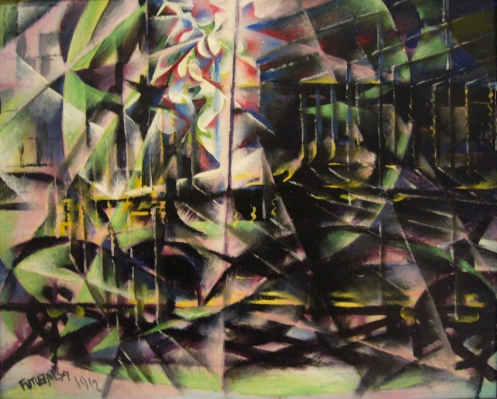James Nachtwey - ‘ I have been a witness, and these pictures are my testimony. These events I have recorded should not be forgotten and should not be repeated’.
Testimonies for humanity - starvation, war, poverty, wounds/scars.
Photographers used to be though of as an ‘invisible eye’. So did not affect the scene in which the photo was taken. This was not accurate.
High point of view - camera is in the distance and no one is looking at the camera, therefore the camera is not influencing the scene. For example:
The Roger Fenton piece has an artistic subjective element because it instructs the audience to view it differently because of its title.

Roger Fenton 1855 - Into the Valley of the Shadow of Death

William Edward Kilburn 1848 - The Great Chartists meeting at The Common
The Decisive Moment - Photography achieves its highest distiction - reflecting the moment in a never to be caught again time.
Document becomes a photographic art. Henri Cartier Bresson waited with his camera for ‘The Decisive Moment’.

Should photographers be concerned with aesthetics? Changing the aesthetics can distort documentation on an accurate scale.

Jacob Riis 1888 - Bandits Roost
Construction of documentation, false and staged slums. A middle class fantasy of the slums. Transition between natural documentation and constructions of reality. Jacob Riis bribed subjects with money and cigarettes to pose.
Always an agenda - Farm Security Admin photographers, would take may photographs but only use the ones which showed the right emotions they wanted to portray. The photo out takes can show more truth than the photos that are used as the final shot. The out takes give an insight into how the photographer thinks; images with wrong emotion, wrong content are rejected. There was a depression and 11million unemployed, mass migration of farm laborers 'Okies'. The photographs were both photojournalism and an emotive lobbying tool.
Photographers act and dress in a certain way to influence response.
The below Dorothea Lange image was designed to reference the Madonna and child image.

Dorothea Lange 1936 - Migrant Mother

Raphael - Madonna and Child
Carl Dammann - Ethnographic and Photographic gallery of many races of mankind
John Lamprey - Naked male figures.
Robert Frank - The Americans.
Cesare Lombrosso - Depression - people with depression were photographed and the images were laid over one another with the idea that you could create a perfect image of someone with/ or who would get depression because it would pick out certain characteristics.
War/conflict photos:
Robert Capa 'Normandy, France' - image of battleground shoes photographer at risk. Creating a shudder/smudge 'action' photograph. (Capa shudder).
Robert Capa 1945 - Normandy, France
Magnum group, founded 1947 by Cartier Bresson and Capa. Ethos of documenting the world and its social problems. Internationalism and mobility.
Don Mccullin and Robert Haeberle are two renowned names.
Don Mccullin
William Klein influenced scene. He pushed people, shoved cameras in subjects faces.
Bernd and Hilla Becher set rules for their photos, angle, frame, objects.
Bernd and Hilla Becher
Conceptual Art - Art that couldn't be sold. Transient, uncommodofiable, However, it is now sold for thousands of pounds ironically.
Critical Realism
Allan Sekula creates a full story behind photographs, narrative through interviews, books, information all relevant to the subject.
Jeremy Deller 2001 - Battle of Orgreave
Ian Tomlinson G20 protests London, March 2009
Documentary Photography...
- Humanitarian perspective.
- Portray social and political situations.
- Facts of situation.
- People form subject matter.
- Straight forward unmanipulated.

































